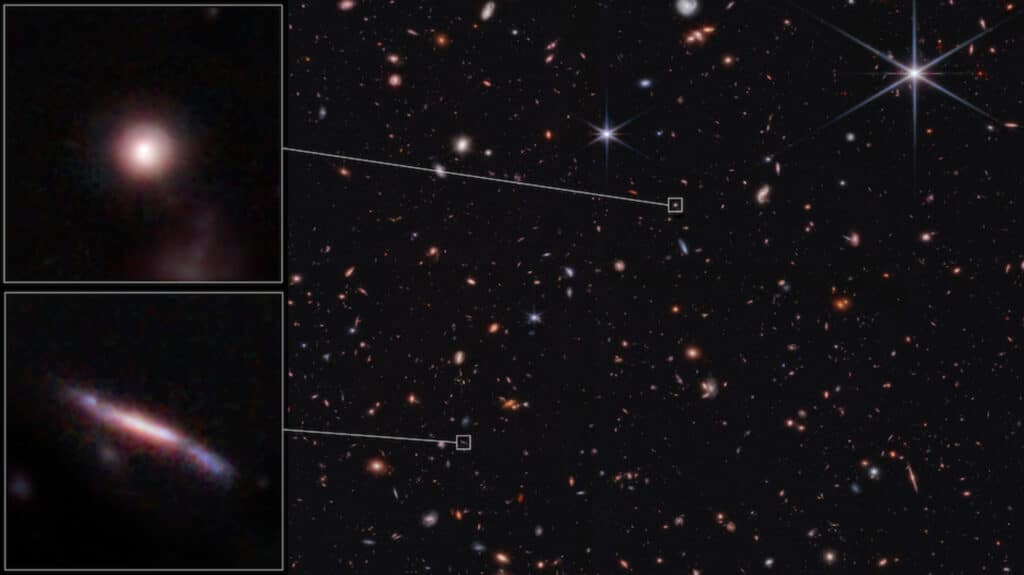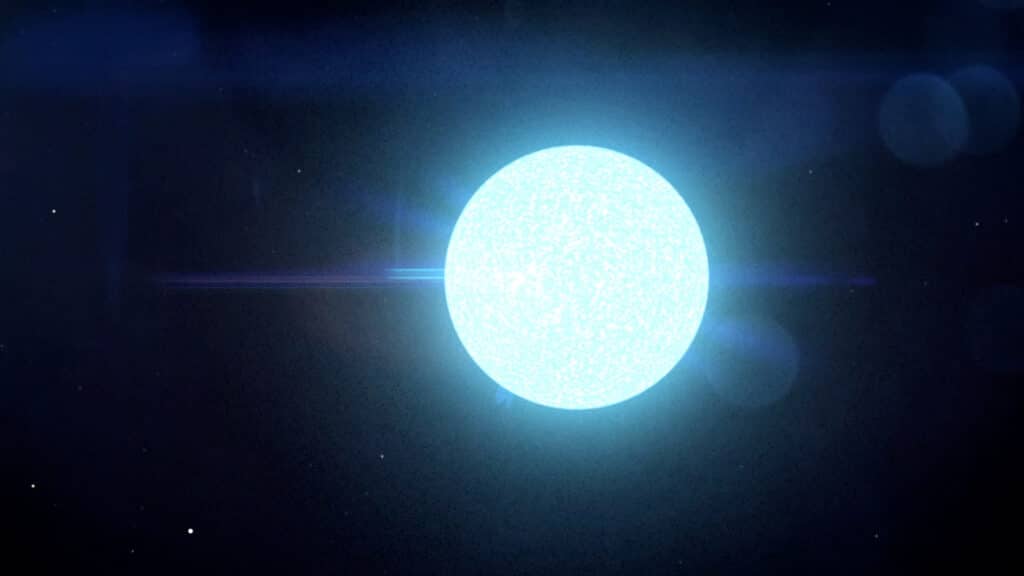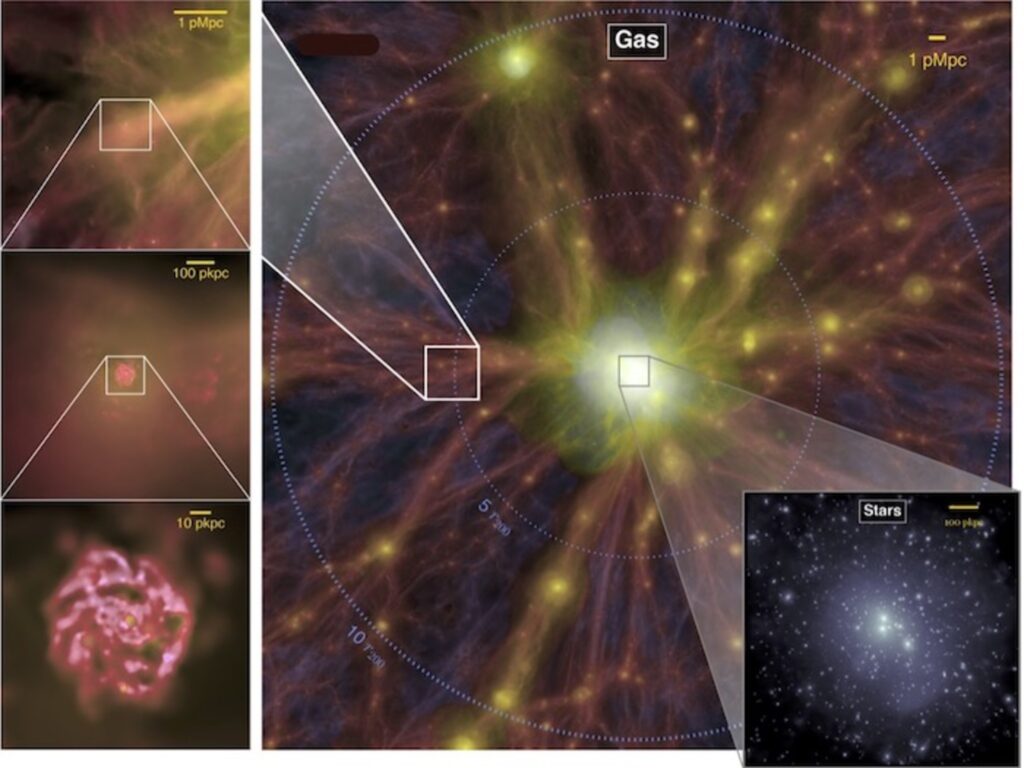The mysteries of galaxy evolution have flummoxed scientists for years. However, a new study from the University of Kansas is seeking to put the pieces of the puzzle together. Their research focuses on understanding how the “gas content and star-formation properties of galaxies” are influenced by their movement through the vast, interconnected structures known as the cosmic web.
The cosmic web is a colossal network of galaxies and gas that fills the universe, consisting of dense clusters, smaller groups, elongated filaments, and isolated regions. This structure dictates not just the distribution of galaxies, but also their evolution over billions of years.
“The primary objective of this project is to comprehend the impact of environmental factors on the transformation of galaxies,” says study author Gregory Rudnick, professor of physics and astronomy at the University of Kansas, in a media release. “In the universe, galaxies are spread in a non-uniform distribution characterized by varying densities. These galaxies aggregate into large clusters, comprising hundreds to thousands of galaxies, as well as smaller groups, consisting of tens to hundreds of galaxies.”

Scientists aim to fill a gap in our understanding by focusing on galaxies within these filaments, which act as cosmic highways funneling galaxies into denser environments.
The team’s innovative approach seeks to explore how these different cosmic neighborhoods affect the lifecycle of galaxies, particularly the “baryon cycle” — a process involving the intake and expulsion of gas which is crucial for star formation. This cycle is essential for understanding how galaxies grow and evolve, as it influences the rate at which new stars are born. The study is timely, aligning with the Astro2020 Decadal Survey’s emphasis on understanding the baryon cycle as a key science topic for the next decade.
“The space between galaxies contains gas. Indeed, most of the atoms in the universe are in this gas, and that gas can accrete onto the galaxies,” explains Rudnick. “This intergalactic gas undergoes a transformation into stars, although the efficiency of this process is relatively low, with only a small percentage contributing to star formation. The majority is expelled in the form of large winds. Some of these winds exit into space, termed outflows, while others are recycled and return. This continuous cycle of accretion, recycling and outflows is referred to as the baryon cycle. Galaxies can be conceptualized as baryon processing engines, drawing gas from the intergalactic medium and converting some of it into stars. Stars, in turn, go supernova, producing heavier elements. Part of the gas is blown out into space, forming a galactic fountain that eventually falls back to the galaxy.”

The project will involve a collaborative effort among graduate and undergraduate students at the University of Kansas and Siena College, using data from astronomical datasets and new observations from Siena’s telescope. This hands-on experience provides a unique opportunity for students to contribute to cutting-edge research in astrophysics.
Moreover, the grant will support community outreach efforts, including the expansion of a high school astronomy class that Rudnick previously established. This initiative aims to engage high school students in Kansas and New Jersey in university-level astronomy, fostering a new generation of scientists. The grant will also facilitate the purchase of essential equipment, such as MacBook Pros, to support students’ research activities, marking a significant enhancement in the educational resources available to them.
“Previously, class sizes at the high school level were around 8 to 10 students,” notes Rudnick. “Now, at the start of the year, we have 22 students. It’s a significant growth, aiming to double the class size.”
As the University of Kansas team delves into the intricate dance of galaxies through the cosmic web, their research promises to unlock new understanding of the universe’s most fundamental processes. This study stands at the forefront of exploring how the vast expanses of space and the intricate structures within it shape the destiny of galaxies.













Comments